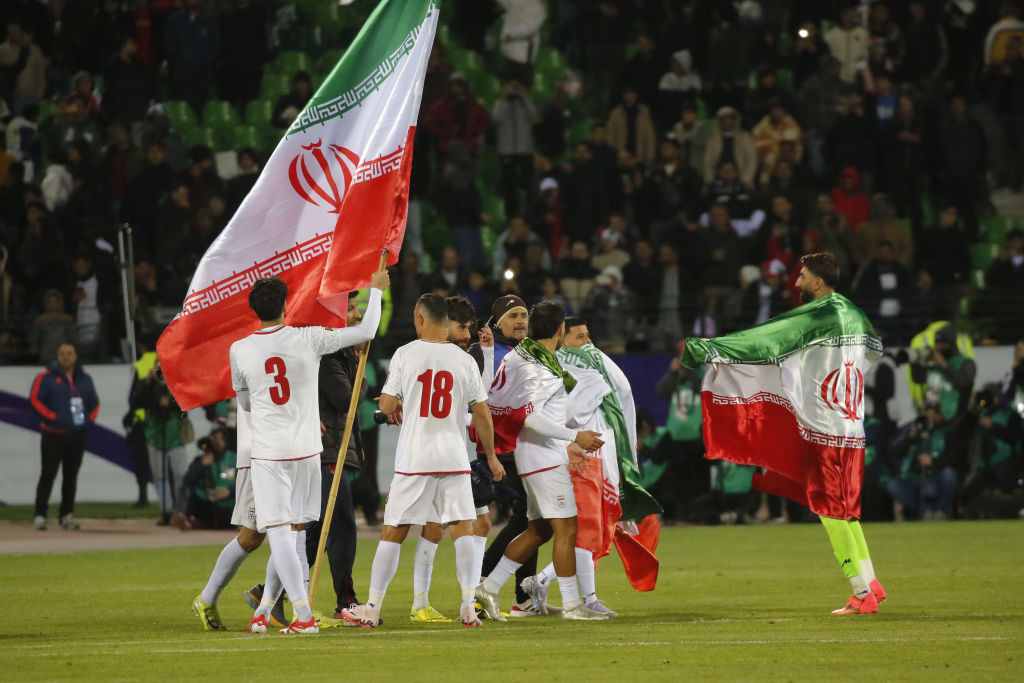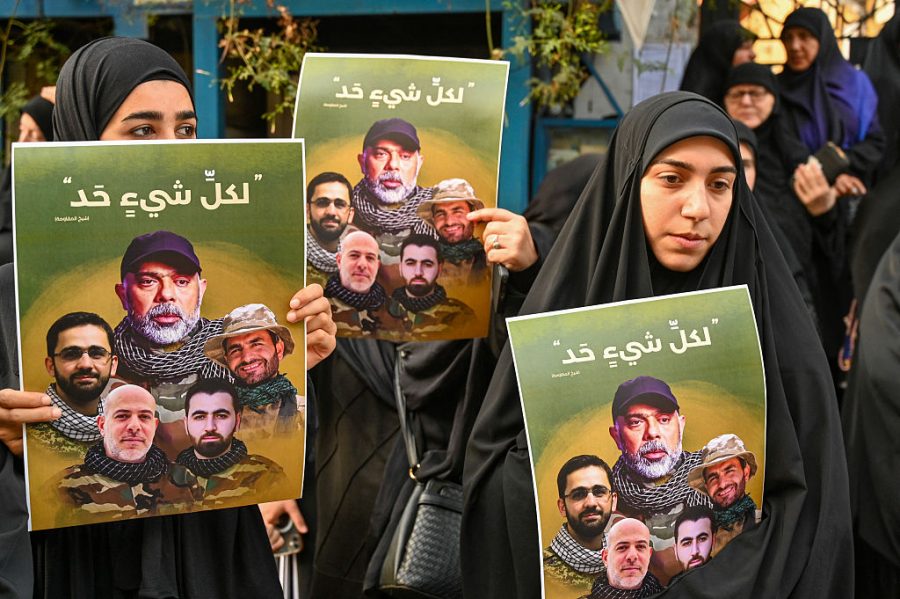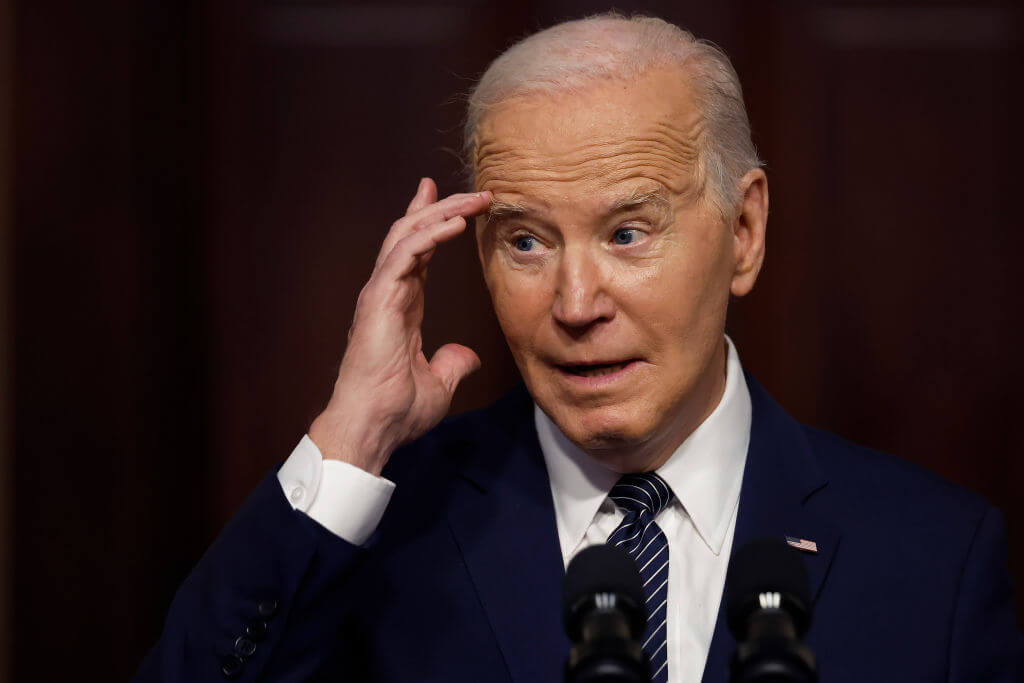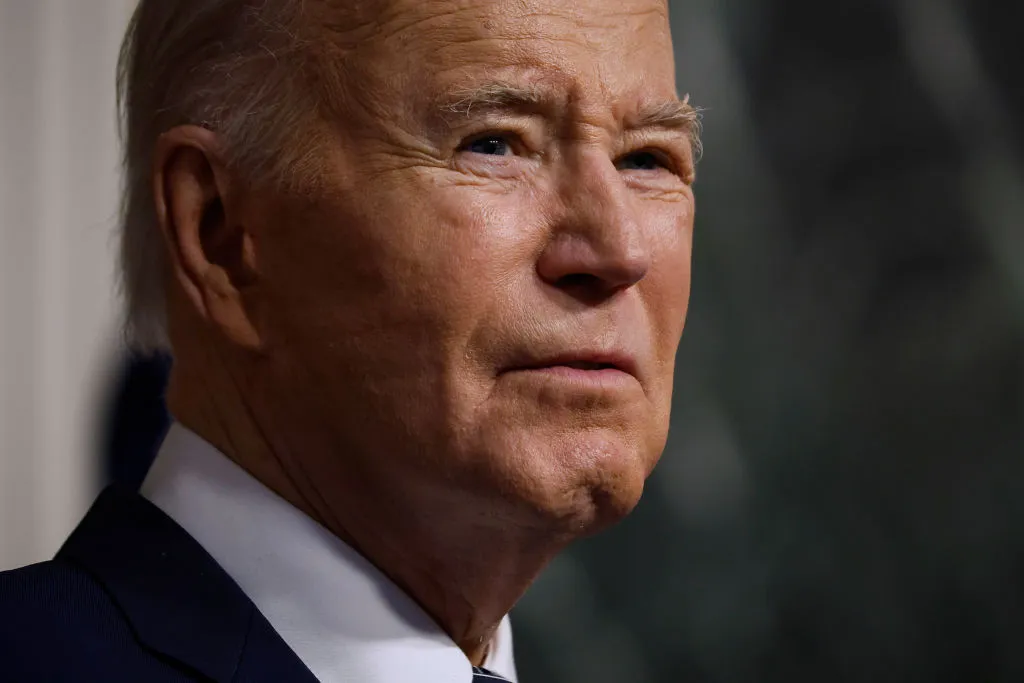The Princess of Iran is casual over email. Noor Pahlavi, the 33-year-old eldest daughter of Iran’s Crown Prince in exile, Reza Pahlavi, is American-born, a potential heir to the Iranian throne and ready for regime change in the Middle East.
“Hi it’s been a crazy couple of weeks,” she wrote me a few days after the US plopped some 400,000 pounds of bombs on the Islamic Republic’s nuclear sites. That same week, Reza began to appear across Western media, calling for rebellion within Iran and support from without: “This is our Berlin Wall moment.”
Reza is the son of the last Shah of Iran. His family has become a symbol of a Persian, pre-Islamist Iran, and Reza casts himself as the transitory figure to lead the country into a more liberal post-regime future. Whether that future involves a republic or a restoration of the constitutional monarchy must be left up to the people, he consistently says. Should they choose the latter, he has self-effacingly suggested he would accept the responsibility.
This means that Noor, an impeccably styled New Yorker who works in venture capital, has a shot at the throne. In fact, following Reza’s reign, she may be the most viable successor. This raises a question: is she simply an American businesswoman, or is she a future empress?
The rules for the Persian line of succession are messy. The most detailed potential source of guidance comes from Iran’s pre-Revolution constitution, which declared that the Shah must be succeeded by his closest male heir. But Reza has only three daughters. The closest thing he has to a male heir is his nephew, Keykhosrow Jahanbani – a man about whom zero public information seems to exist. But Keykhosrow is partially descended from the family that the Pahlavis toppled to take the throne, the Qajar, and a caveat in the constitution forbids a Qajar from ever holding power again. So this 50-something-year-old dispossessed royal, wherever he is, doesn’t have a chance. That leaves us with the Pahlavi daughters. The old constitution, according to some Iranians, could permit Reza to nominate one of these three as heir.
As for Noor: the State Department couldn’t dream up a more ideal Iranian royal. She was born in DC, raised in Maryland’s suburbs, graduated from Georgetown University (magna cum laude) in psychology and is involved in a variety of human-rights philanthropy networks. The Pahlavi dynasty’s lineage is Muslim, but the women are certainly not the hijab-wearing type. On the contrary: Noor is one of New York’s more glamorous denizens; She pops up at the Hamptons and galas in designer gowns and runs in a designer crowd, and the Arabian editions of Vogue and Harper’s Bazaar play up her blending of Persian fashion with Western styles at events in New York and Paris. Her allure has become a symbol to Iranians in exile of the banished Persian empire’s wealth and luster.
Noor’s idea of post-regime Iran combines that fragrant vision of Persia with something that sounds an awful lot like liberalism. She wants an Iran “where Persian culture is celebrated rather than washed away” and one “where citizens can love who they want, practice whatever religion they want.” She says the regime is “weaker than it’s ever been” and bemoans “outside forces” keeping it on life support.
But whether she sees herself leading that nation is a trickier question. Should the regime fall, I ask her, would she return to Iran?
“I personally would love to spend time in Iran and help see the Iran Prosperity Project, which my dad and many others have been working on, come to fruition,” she tells me. The answer doesn’t exactly betray ambitions for lifelong dominion, and at no point in our correspondence did she indicate plans to remain in Iran long-term. If she were harboring regal ambitions, you’d expect her to take on a more public-facing political role than she has – the jump from venture-capital principal to princess isn’t small.
What about her siblings, then? The second daughter, Iman, works in finance as well. She maintains a lower public profile than her older sister, but she brought Reza his first son-in-law, Bradley Sherman, a Chicago-born, Jewish New Yorker. This marriage may have inquisitive minds asking an intriguing question: could an American Jew be the future leader of Iran?
No, probably not. But Dick Cheney can dream. Historically, Iranians haven’t accepted rulers of non-Iranian lineage. But the marriage – a glitzy Parisian party earlier this year – shows just how starkly the family contrasts with the Islamic Republic. If the wedding had taken place in Tehran, it’d be a death sentence for the couple.
The connections with the Jewish people are political as well as familial: in 2023, Reza accepted an invitation from Benjamin Netanyahu to visit Israel, where he prayed at the Western Wall. Add to this the fact that he saw Israel’s bombardment of Iran as a springboard for regime change in the country, and it certainly appears that he and Bibi are at least tenuous allies.
Iman, however, rarely appears at such political events and is less visibly involved in her father’s campaigning. She appears basically Americanized and does not play up her royalty in any public way – Iranians familiar with the family say she was raised as an American, not a Persian queen in the wings.
Same goes for the youngest daughter, Farah, who attends the University of Michigan and seems to be living an essentially American youth, complete with summer internships and UMich vs. Ohio State football games. (If she were handed the throne, you have to wonder whether Buckeye fans would side with ousted ayatollah.) But, as with Iman, Farah’s upbringing doesn’t seem designed to prepare her for monarchy.
All of this poses a problem for Reza, should the Iranian people choose to restore his dynasty. He and his wife, now empty-nesters, recently sold their Maryland home (listed for $3 million), and they seem to spend much of their time in Paris, where Reza’s elderly mother lives. Within Iran, there’s definite nostalgia for the Pahlavis and hope for their return: Reza’s face appears at protests across the country. But even the Iranians yearning for his family’s return must recognize its improbability. And it’s unclear how this royal line – absent from its homeland for nearly 50 years and thoroughly Americanized – can survive its patriotic patriarch’s death. This explains in part why some in the Iranian dissident movement look to leaders other than Reza, such as the journalist Masih Alinejad and the lawyer Nasrin Sotudeh, who still lives in Iran. Homesick, patriotic, glamorous – the Pahlavis may one day return to Iran. But their exile from the life their family once lived may not.


























Leave a Reply